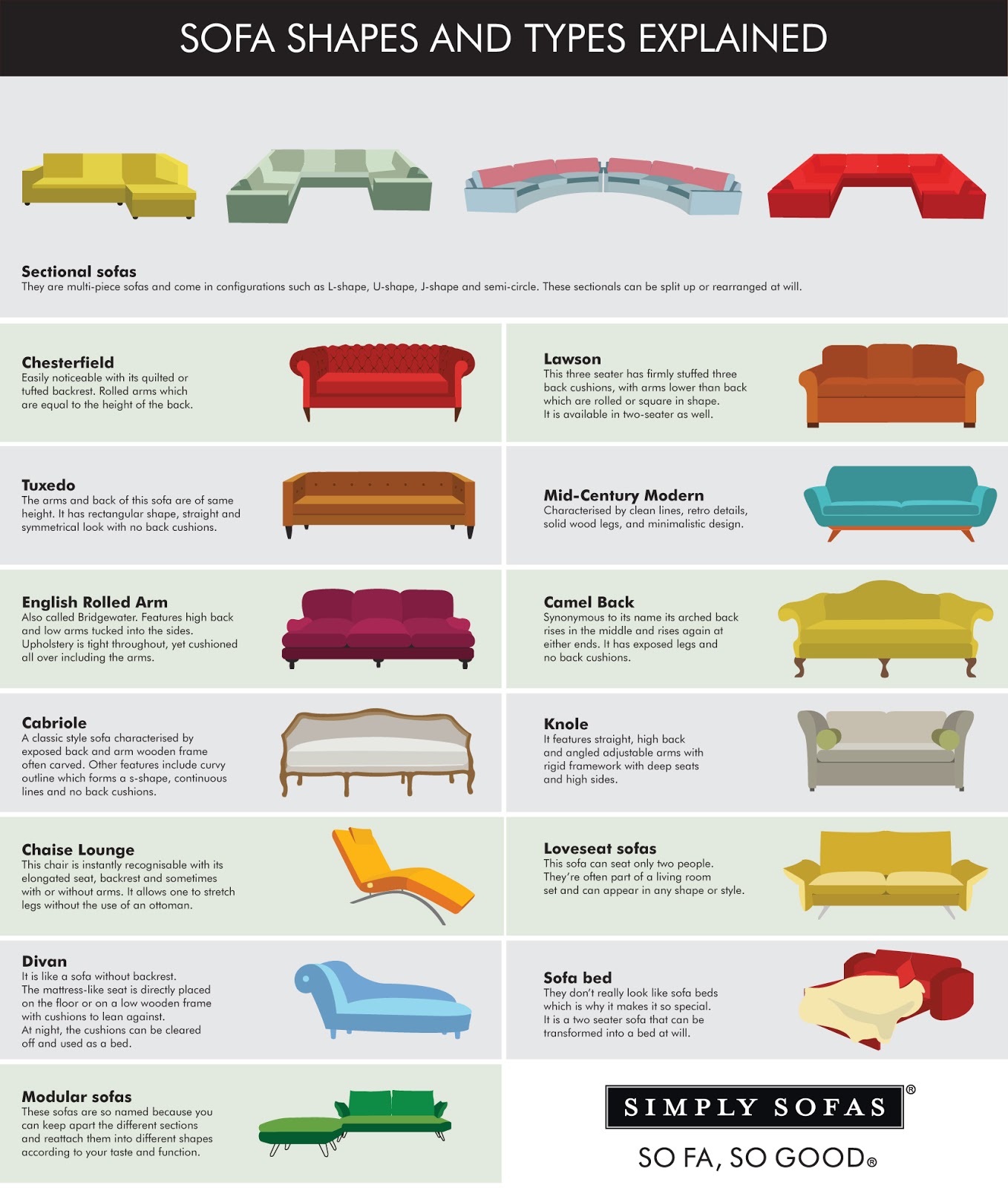What Every Architect Should Know: The Link between Design and Human Behaviour
An oft-quoted anecdote to illustrate the impact of design on human psychology, is the story of Jonas Salk, the virologist who developed the polio vaccine. Despite working passionately for 16 hours a day, 7 days week, Salk was unable to crack the polio puzzle for years.
Finding himself at an impasse, Salk took a brief break in Italy, where he spent time at the Basilica of San Francesco d’Assisi, a 13th-century Franciscan monastery. The rest, as they say, is history.
In his speech to the American Institute of Architects, Salk explained that the monastery’s high ceilings, tall windows, beautiful frescoes, and abundant natural light enabled the leap in thought he’d been struggling for all along. It was this breakthrough that allowed him to develop the Salk vaccine. From a staggering 350,000 cases of polio a few decades ago, today, fewer than 90 have been recorded worldwide.
This is perhaps one of the most dramatic examples of how design can impact lives beyond just the realm of its form and function. Winston Churchill famously said, "We make our buildings and afterwards they make us," and it may seem obvious that by shaping the spaces in which we live and work, architects and designers inevitably influence people's behaviour.
Architects have long tried to make use of design to affect people in ingenious ways. For instance, in his structures, Frank Lloyd Wright often designed narrow corridors leading to open spaces, so that the contrast to the expanse and light gave people a more dramatic experience, making them happier.
But it’s only recently that research has begun to uncover the specific ways in which the design of structures, interiors, and furniture, affects not just how people act, but also how we think, feel, and perceive the world around us.
It is now well documented that spaces that are brightly-lit with full-spectrum lighting, make people more alert. This principle has been used to good effect in schools and offices, with higher test scores and increased productivity being seen as a correlating result. Interestingly, such environments have not only been linked to an immediate increase in alertness, but also to more long-term effects, such as reducing cognitive deteriorating.
In a recent study, participants viewed a series of objects, while their brains were scanned with fMRI. The part of the brain associated with fear processing, was found to be more active when participants viewed objects with sharp angles. Naturally, interiors with furniture featuring curves and rounded edges are better suited to relaxation.
And, of course, as Salk experienced, spaces with high ceilings are more conducive to creativity, while low ceilings seem to be ideal for tasks that require more intense concentration over short periods of time.
Today, more and more architects and designers are applying these principles to create structures that foster well-being, and interiors that help us feel happier, whether through the use of furniture that promotes collaboration, sofas that encourage spending time together, or building layouts that keep us fit.
This best of this kind of design thinking, and a lot more of the latest innovation and breakthroughs, will be showcased at Milan Design Week and Furniture Fair – the biggest design event in the world. Stay ahead with updates on the latest design innovation, colour trends, new materials, LIVE coverage, and much more, only at simplysofas.in/MDW
(Subscribe before 17 April and you could win special prizes, including exquisite Tonin Casa clocks worth ₹30,000!)
Finding himself at an impasse, Salk took a brief break in Italy, where he spent time at the Basilica of San Francesco d’Assisi, a 13th-century Franciscan monastery. The rest, as they say, is history.
 |
| External view of the Basilica of Assisi. Image credit: Steve Moses |
 |
| Inside the Basilica of San Francesco d’Assisi. Image credit: ReflectedSerendipity |
Architects have long tried to make use of design to affect people in ingenious ways. For instance, in his structures, Frank Lloyd Wright often designed narrow corridors leading to open spaces, so that the contrast to the expanse and light gave people a more dramatic experience, making them happier.
 |
| Frank Lloyd Wright's famous Fallingwater design. Image credit: Pablo Sanchez |
It is now well documented that spaces that are brightly-lit with full-spectrum lighting, make people more alert. This principle has been used to good effect in schools and offices, with higher test scores and increased productivity being seen as a correlating result. Interestingly, such environments have not only been linked to an immediate increase in alertness, but also to more long-term effects, such as reducing cognitive deteriorating.
In a recent study, participants viewed a series of objects, while their brains were scanned with fMRI. The part of the brain associated with fear processing, was found to be more active when participants viewed objects with sharp angles. Naturally, interiors with furniture featuring curves and rounded edges are better suited to relaxation.
And, of course, as Salk experienced, spaces with high ceilings are more conducive to creativity, while low ceilings seem to be ideal for tasks that require more intense concentration over short periods of time.
Today, more and more architects and designers are applying these principles to create structures that foster well-being, and interiors that help us feel happier, whether through the use of furniture that promotes collaboration, sofas that encourage spending time together, or building layouts that keep us fit.
This best of this kind of design thinking, and a lot more of the latest innovation and breakthroughs, will be showcased at Milan Design Week and Furniture Fair – the biggest design event in the world. Stay ahead with updates on the latest design innovation, colour trends, new materials, LIVE coverage, and much more, only at simplysofas.in/MDW
(Subscribe before 17 April and you could win special prizes, including exquisite Tonin Casa clocks worth ₹30,000!)



Comments
Post a Comment